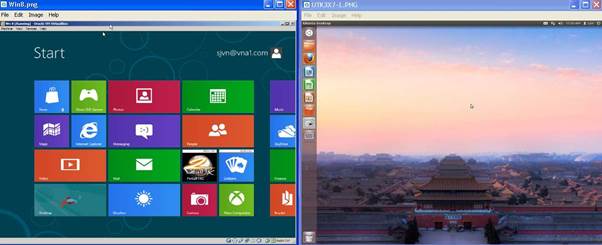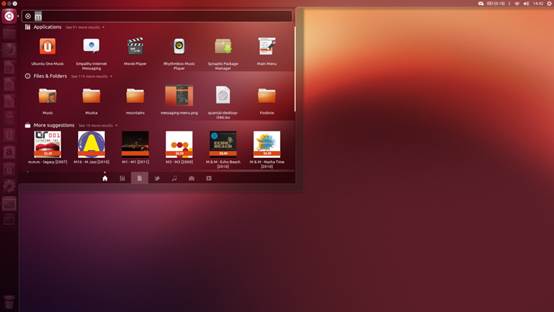We knew it was bad, but we weren’t
expecting it to be this bad. We take Microsoft’s latest effort for a spin
The release of Ubuntu 12.10 came at a time
when Windows users were starting at the overtly different Windows 8 release and
weighing up their options.
From the reports floating around on the
internet, the initial uptake of Windows 8 has been unenthusiastic, with Gartner
even predicting that about 80% of business users will never adopt it.

Linux
vs Windows 8
There seems to be a universal consensus on
the fact that the biggest change in Windows 8 is the new Start screen, which
was originally called the Metro Interface, but was renamed as the Modern UI in
the final release.
We conducted our own head-to-head tests here
at LXF Towers, back in LXF159, and found that Ubuntu beat its
Microsoft rival all ends up. We watched in glee as our testers, most of them
regular Windows users, struggled to find out how to do things that were so easy
in Windows 7. Four months on from the release of both Ubuntu 12.10 and Windows
8, we decided to have another look.

The
Ubuntu developers have always rallied behind Unity as the one common interface
across all Ubuntu-powered devices
It’s not just the shortcomings of Windows 8
that make Ubuntu 12.10 the better option. The desktop distribution has come a
long way since introducing its own radical new interface, and is a lot more
efficient and user-friendly. Even back then, users appalled by Unity had the
option of using other familiar interfaces, while still enjoying the refinements
of the core OS. Sadly, the design of the Windows OS doesn’t allow for such
flexibility.
Unified releases
The one thing that’s clear from both
Windows 8 and Ubuntu’s interface changes is that both operating systems want a
unified user interface across devices. But Windows 8, in its bid to pacify
desktop users, with Desktop view has introduced a strange anomaly in the grand
scheme of things that now threatens to blow up in its face.
In contrast, the Ubuntu developers have
always rallied behind Unity as the one common interface across all
Ubuntu-powered devices. It might have seemed like an inconvenience a couple of
years ago, but now that Ubuntu is finding its way into hand-held devices, such
as tablets and phones, it’ll surely make you more productive, as you’ll now
experience the same interface across a wide range of devices.

Windows
8, in its bid to pacify desktop users, with Desktop view has introduced a
strange anomaly in the grand scheme of things that now threatens to blow up in
its face.
Another issue with Windows is the
artificial segregation of its releases. To its credit, unlike previous releases
there are fewer Windows 8 versions to choose from. Most users will have to
choose one of the two options: a vanilla ‘Home’ version that lacks file system
encryption and a remote desktop server, and the ‘Pro’ version that doesn’t.
Ubuntu, like most other Linux distros, is available in a single flavor that you
can install in a netbook, laptop or desktop, plus one for servers. Also, unlike
Windows, a standard Linux distro ships with all the components you need to use
it productively on all these machines.
So whether you are waiting to upgrade to
Windows 8 or thinking of switching back to an older release, Ubuntu 12.10 and
its brethren present an excellent alternative. Want more proof? Read through
the following pages to find out how Linux outscores Windows 8 without
compromising productivity.